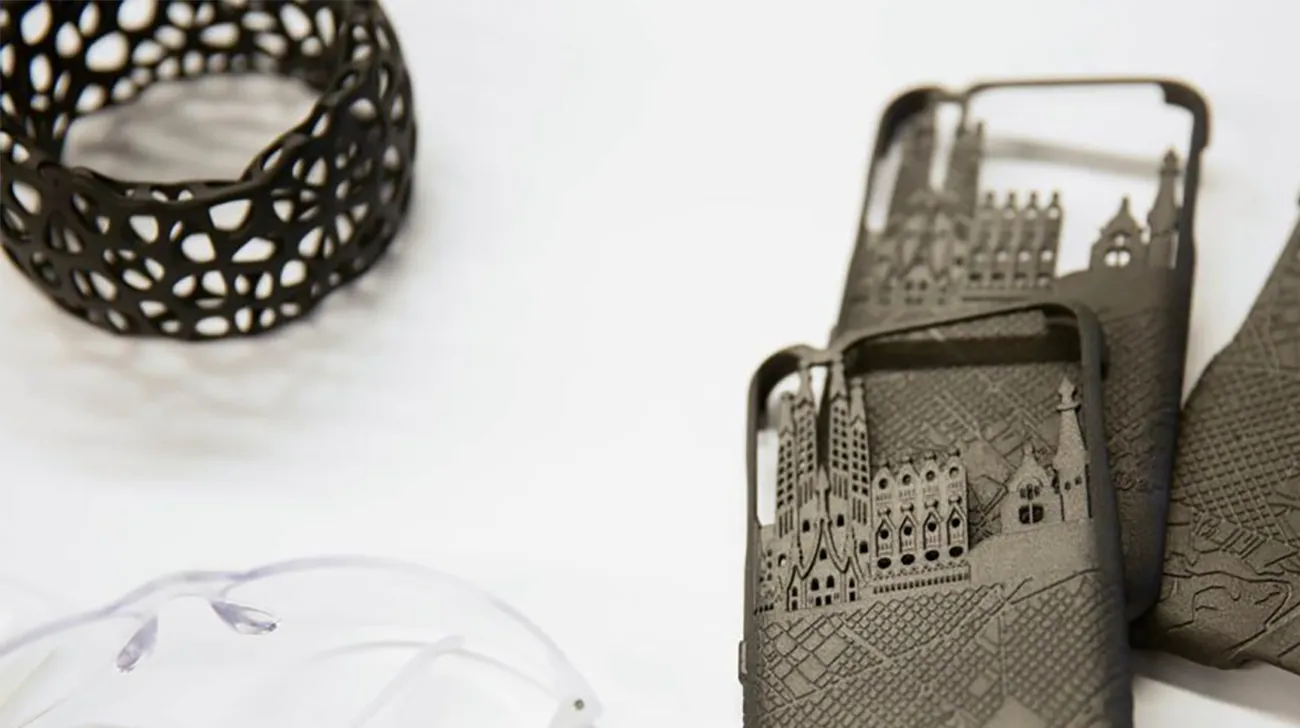
Image: Freshfiber
In 2016, the consulting firm PwC conducted a survey to determine if 3D printing would revolutionize households. The result: 60 percent of consumers intended to use this technology at home. They could imagine producing small objects such as phone cases, flower vases, or furniture handles with their personal 3D printers. However, this was contingent upon the printers being easy to use, the quality of the objects being satisfactory, and the price of the technology being affordable.
The arguments that attract private consumers to 3D technology are also significant for the 3D printing industry. It involves personalized, tailored, and customized consumer products. Often, these are applications that are difficult or impossible to achieve without additive manufacturing, including many niche products. Alternatively, the benefits of 3D printing lie primarily in simplifying and/or reducing production costs.
Customization through 3D Printing – Completely New Product Classes Entering the Market
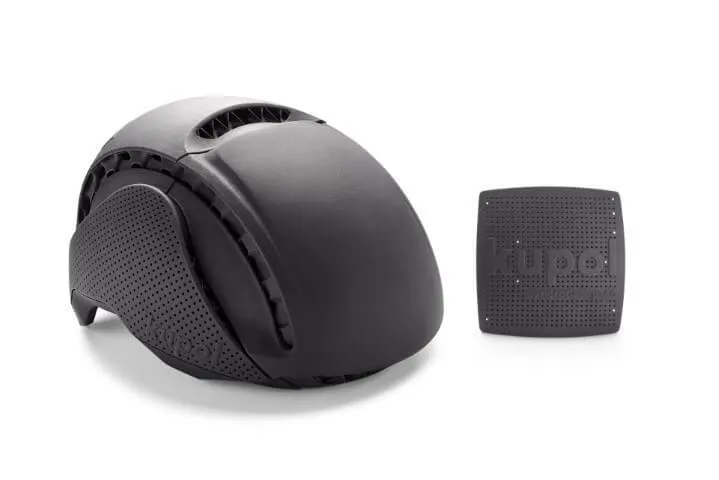
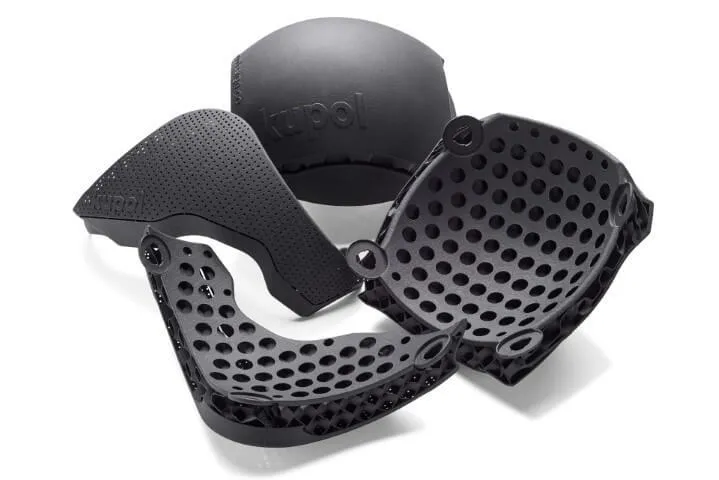
Image: Bicycle helmet Project Kupol; Source: Kupol
The product design company Syncro from Quebec, Canada, manufactures lightweight and functional bicycle helmets that are superior to conventional helmets. These helmets are produced using the injection molding process with polystyrene, which is cost-effective only for high quantities. However, Syncro uses HP Multi Jet Fusion technology, which is faster, more economical, produces high-quality surface finishes, and enables the creation of a bicycle helmet that is 20 percent lighter than comparable helmets. Taking it a step further is the project by Aero Bike Helmets, which plans to provide every cyclist with an individual, ergonomically customized helmet.
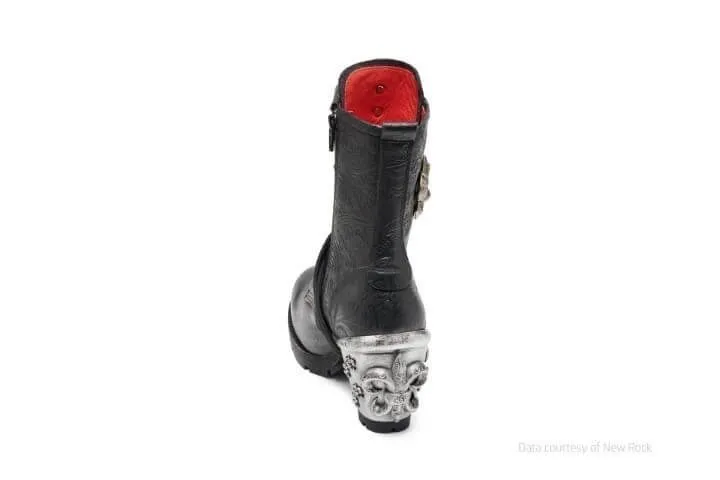
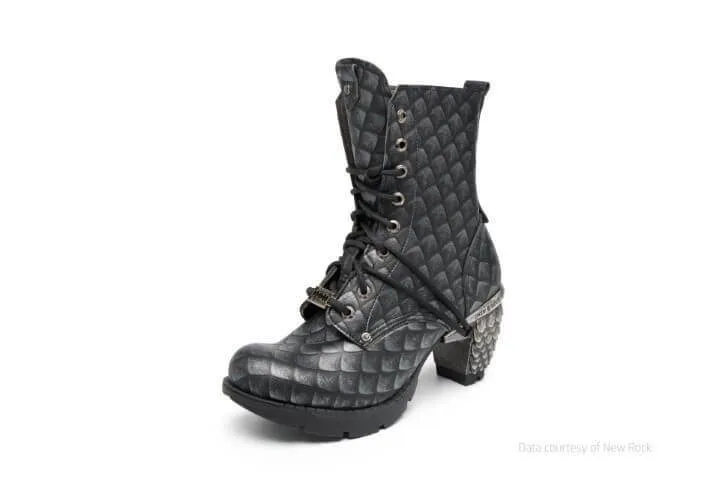
Image: Newrock 3D-printed heels; Source: Newrock
ELMEC 3D presents a similarly “personalized” product: a customized rowing seat developed and produced for an elite athlete. Horizons Optical offers the same level of customization, individually adapting each eyeglass frame for their customers. Even shoes can be uniquely designed with custom-made heels from Newrock. All three products utilize HP Multi Jet Fusion technology. Since 2019, this technology also allows for direct full-color printing, eliminating the need for costly and time-consuming post-processing steps.
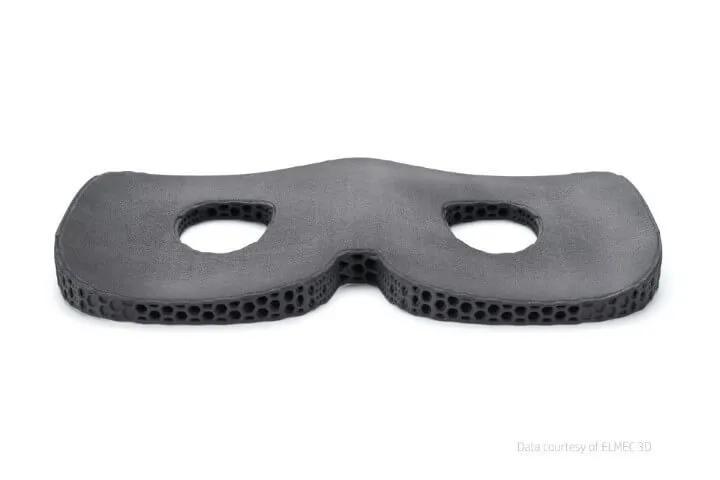
Image: The 3D-printed rowing seat (left) – and in use (right); Source: Elmec3D
Additive Manufacturing Enables Cost-Effective Production of Smaller Quantities
The Multi Jet Fusion (MJF) process offers significant advantages for small quantities. As 3D printing is fundamentally tool-less, high initial investments are eliminated for low production volumes. Therefore, MJF is currently the most productive technology for manufacturing plastic small series.
Interesting examples of this can be found at Freshfiber, which specializes in producing small quantities of consumer products combining style and functionality. Using MJF, they create design lamps with structures that are difficult to produce using conventional methods. They also offer Apple Watch bands with high-quality, individual designs and flexible structures that ensure the bands’ elasticity. Another top product of the company is unique-design phone cases under the slogan “Protect your phone with a work of art.”
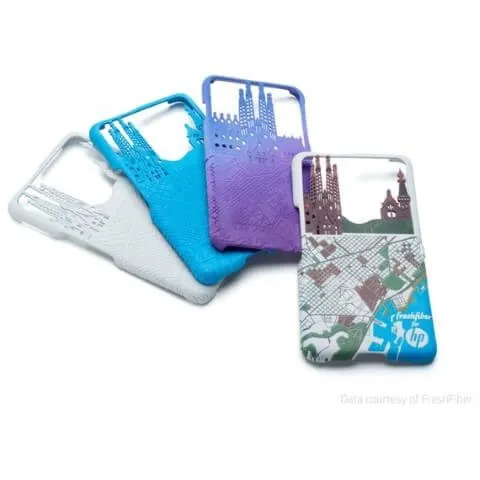
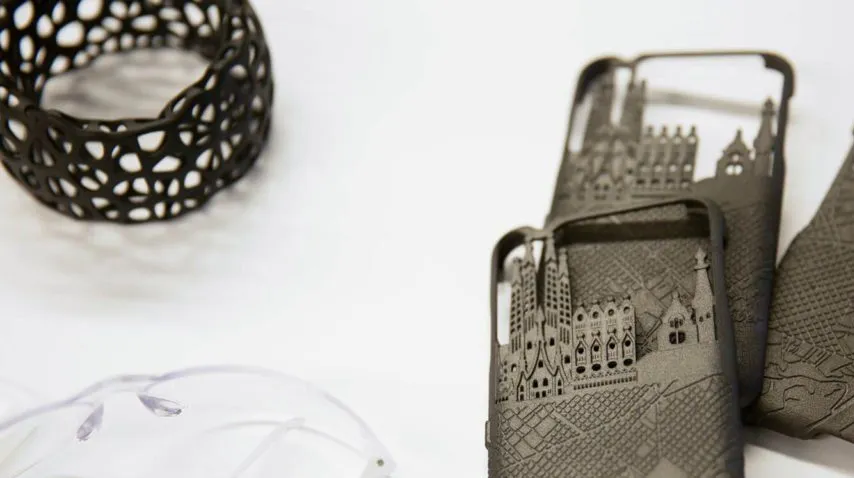
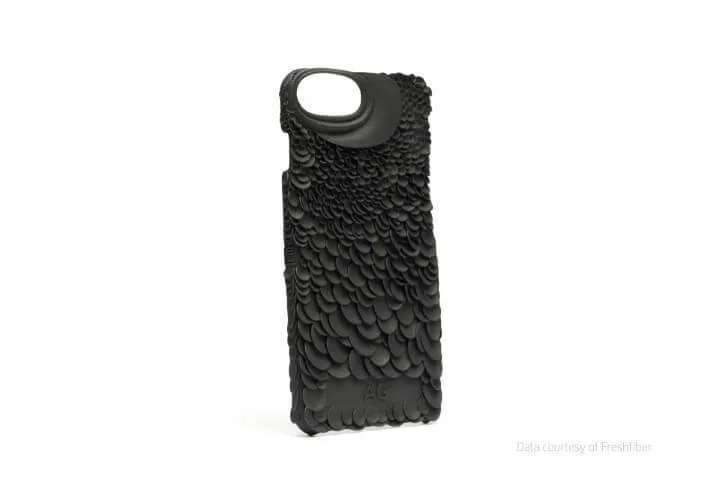
Images: ‘Fashion for Electronics’ – Phone cases by Freshfiber; Source: Freshfiber
In the case of premium content, bottle designs, including the closures, are essential purchasing criteria. For example, the Guala Closures Group produces creative, individually manufactured caps in various colors, sizes, and shapes to encourage product sales. Even PepsiCo uses Multi Jet Fusion. To celebrate the release of the movie Black Panther, the company launched a limited edition kit featuring the film’s five main characters. The kit included a Samsung tablet, a comic book, background photos, and a 3D-printed mask (using Multi Jet Fusion technology) that fits the Pepsi can. PepsiCo’s packaging designers leverage new technological possibilities to create unique designs and marketing campaigns.
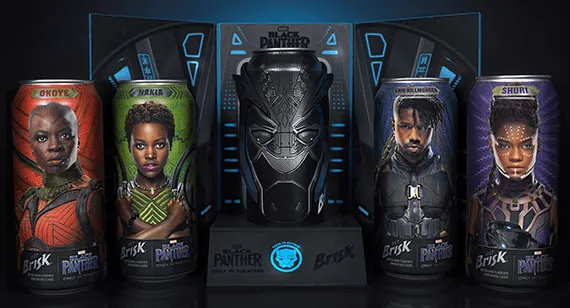
Image: Black Panther can; Source: PepsiCo
Simplifying Production through Additive Manufacturing
Sie sehen gerade einen Platzhalterinhalt von Standard. Um auf den eigentlichen Inhalt zuzugreifen, klicken Sie auf den Button unten. Bitte beachten Sie, dass dabei Daten an Drittanbieter weitergegeben werden.
Weitere InformationenSource: Youtube
An example of using 3D printing to simplify production and reduce costs compared to traditional manufacturing is the HP Z 3D Camera. This innovative, high-priced 3D webcam for desktop computers can capture live 3D images. Multi Jet Fusion is used to simplify production, as it eliminates the need for long lead times and high initial investments in prototypes or tools required by injection molding. The webcam’s design could also be optimized for functionality, which would have been difficult and expensive to achieve using injection molding. Thanks to 3D printing, a high-performance product that meets customer needs and reduces costs and time has been created.
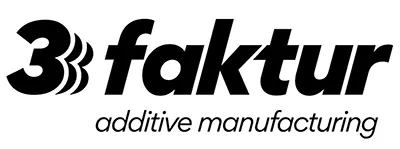
About 3Faktur: 3Faktur specializes in 3D printing, rapid prototyping, and rapid manufacturing. We utilize HP’s Multi Jet Fusion technology and offer various materials for prototyping and series production. If you have any questions about your project, feel free to contact us.
